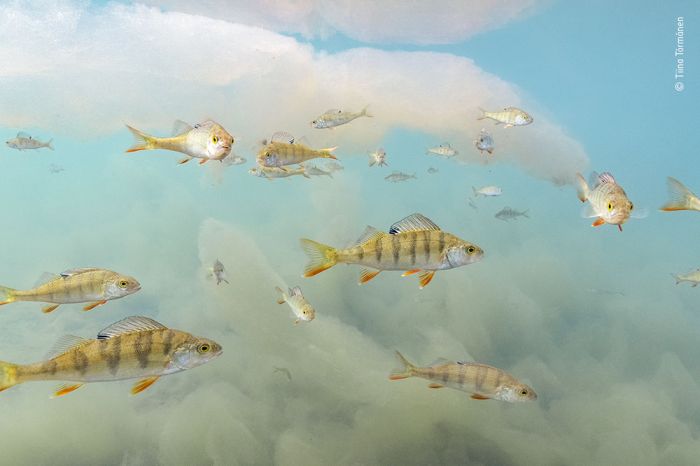Underwater Wonderland Wall Print

Underwater Wonderland Wall Print
Here's a summary of how to select your print. For detailed information, including frame sizes, delivery and frequently asked questions, please see our prints guide.
1. Choose the type – canvas, photographic paper or fine art paper.
2. Select the size – the options in the drop-down menu refer to the longest edge of the print before any frame is added (and includes the border). This table shows the dimensions for this print, including the actual image size.
| Longest edge (width) | Shortest edge (height) | Actual image size (width x height) |
| Canvas size (rolled or stretched) unframed | ||
| 40cm | 26.67cm | 40cm x 26.67cm |
| 60cm | 40cm | 60cm x 40cm |
| 80cm | 53.33cm | 80cm x 53.33cm |
| 100cm | 66.67cm | 100cm x 66.67cm |
| Paper size (photographic or fine art) unframed | ||
| 40cm | 29.33cm | 32cm x 21.33cm |
| 60cm | 44cm | 48cm x 32cm |
| 80cm | 58.67cm | 64cm x 42.67cm |
| 100cm | 73.33cm | 80cm x 53.33cm |
3. Pick a frame (or choose 'none'). Frame sizes vary – see the prints guide.
4. Add to basket and you're done!
In stock
Description / Underwater Wonderland Wall Print
Underwater Wonderland © Tiina Törmänen (2022). Wildlife Photographer of the Year is owned by the Natural History Museum, London.
Under Water, Highly Commended
As soon as she caught sight of schools of tiny fish flitting along the shoreline, Tiina knew this trip could be special. It was her fourth summer snorkelling in the shallow lake near Posio in Finnish Lappland, and in previous years she had seen either no fish or just a few dead ones. This time, when she swam out a little deeper, the scenery became surreal. She had seen fist-sized clumps of pink‑tinged algae in other northern lakes, but nothing on this scale – large areas of the lake bottom were covered with it. As she contemplated the scene, a school of inquisitive European perch turned up.
These widespread and abundant fish (introduced into the UK, where they are known as zander) prey on a variety of aquatic organisms and can reach half a metre (nearly 20 inches) long. Using only natural light to catch the pink of the algae, she framed the perch as if flying through clouds in a soft turquoise sky, accented by their orange-trimmed fins. ‘The view was otherworldly beautiful,’ she says, ‘but at the same time, I was concerned.’
Elsewhere, a common cause of algal blooms is pollution. The water becomes enriched with nutrients, most often from fertilizers present in agricultural run-off or sewage, which allow the algae to flourish, using up the oxygen in the water, blocking sunlight and sometimes producing harmful toxins – and as here, decaying and sinking to form a mat on the bottom. Yet this lake is in the middle of a wilderness, with no conceivable source of pollution. But what has been apparent is that the summers in Lappland have been unseasonably warm, and the lake water was unusually tepid, which suggests that global warming is behind the sinister algal overgrowth.
About the photographer (2022)
Tiina has been a photographer for more than 20 years. Initially she focused on contemporary and documentary photography around the southern cities of Finland. After moving back to northern Finland, she has spent the last 10 years focusing on landscape photography in Finnish Lapland. In 2018, Tiina became interested in underwater photography and started diving. Since then, her main focus has been photographing unseen Arctic freshwaters in northern Finland. In recent years, she has shot commercial photography for weddings, nature documentaries and TV shows, and organised landscape photography workshops in Lapland.
